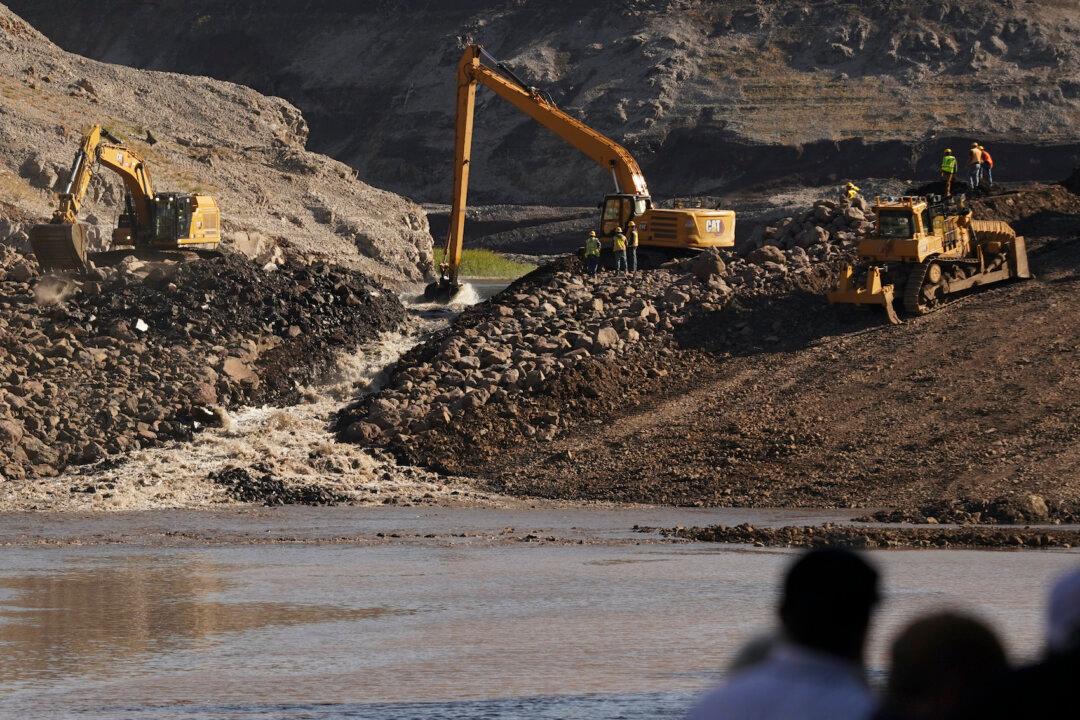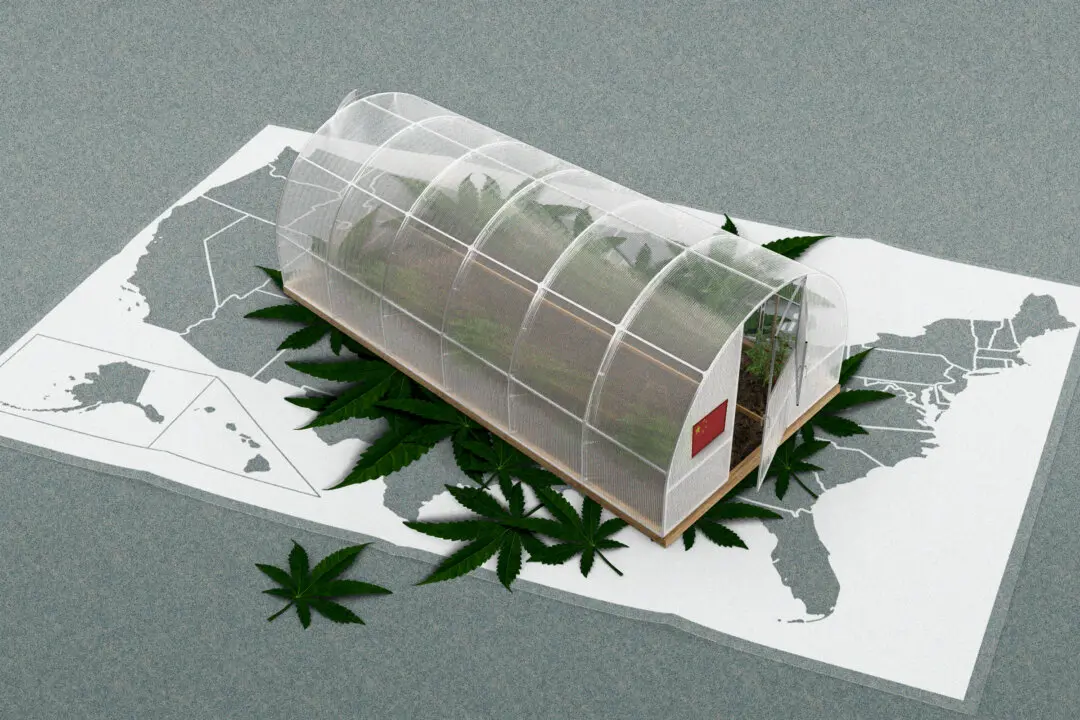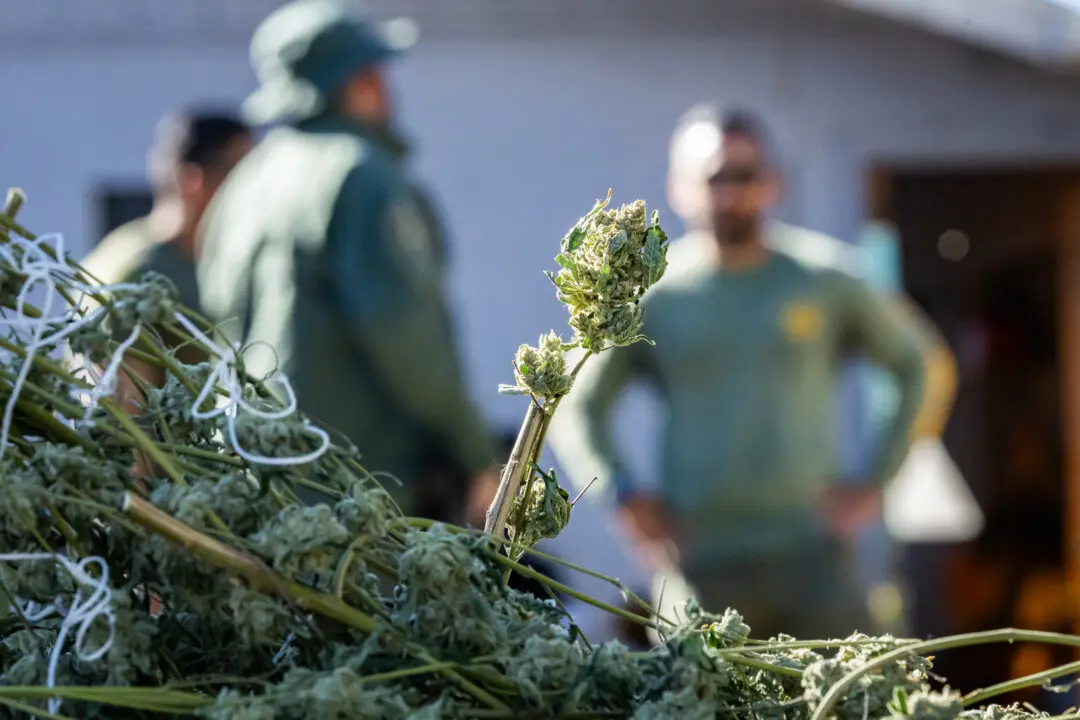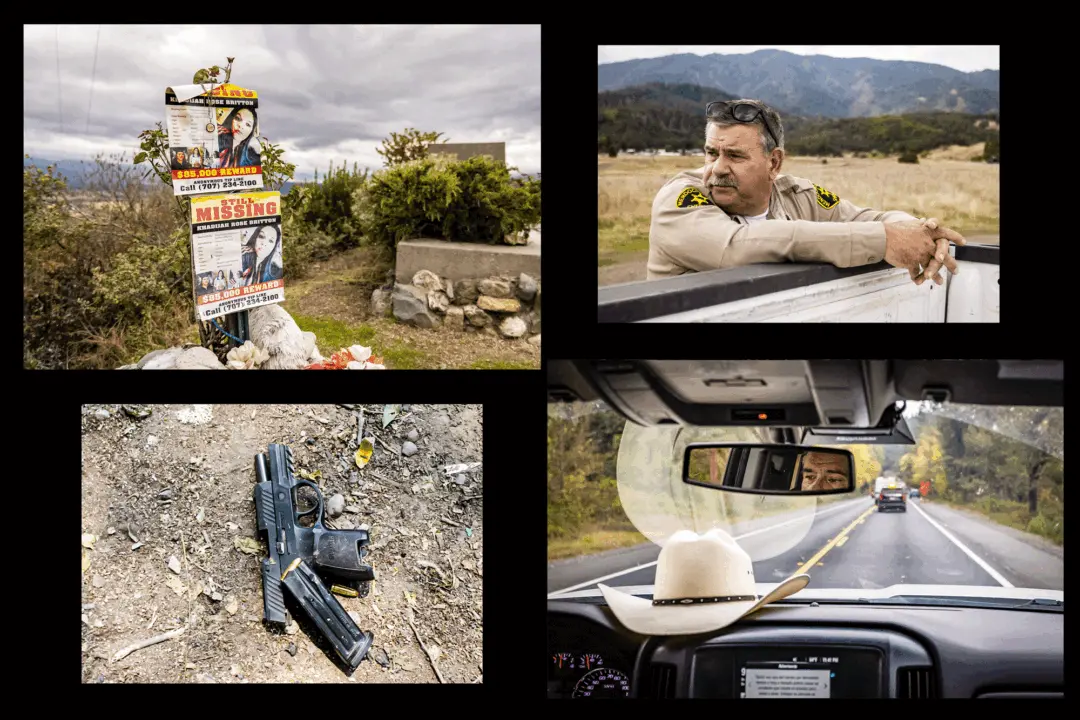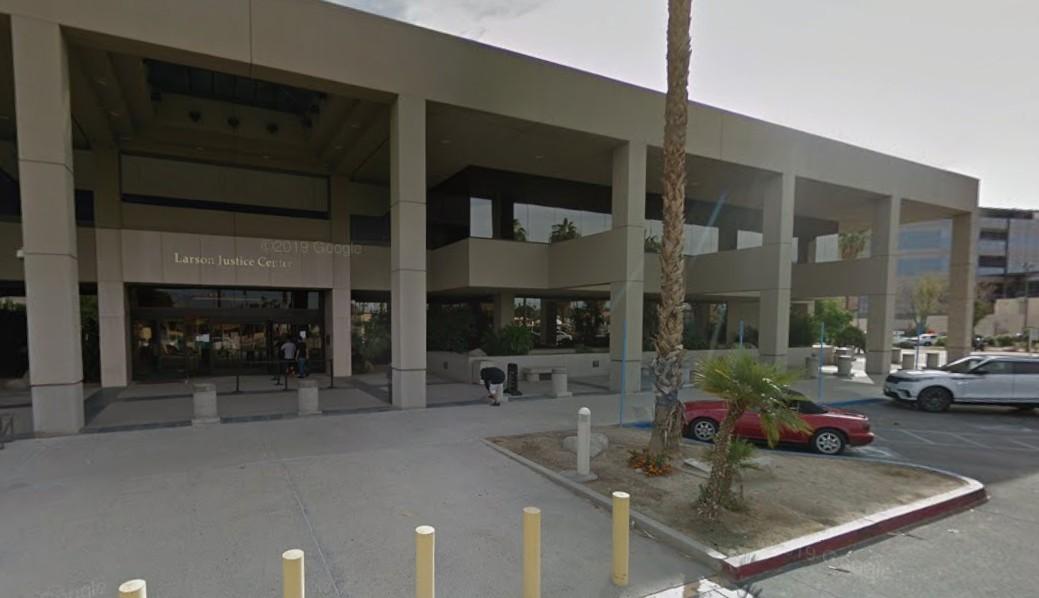For the first time in more than a century, after decades of controversy surrounding the largest dam removal project in U.S. history, salmon are swimming freely through the Klamath River in California.
Environmental nonprofit groups and Native American tribes have long blamed the four obsolete hydroelectric dams for damaging the river’s ecology and blocking upstream spawning habitat, causing a decline in salmon populations.
